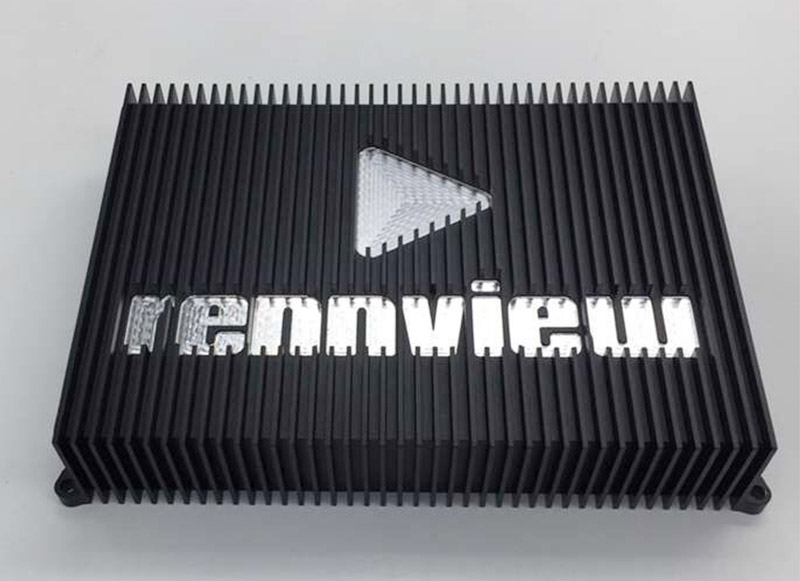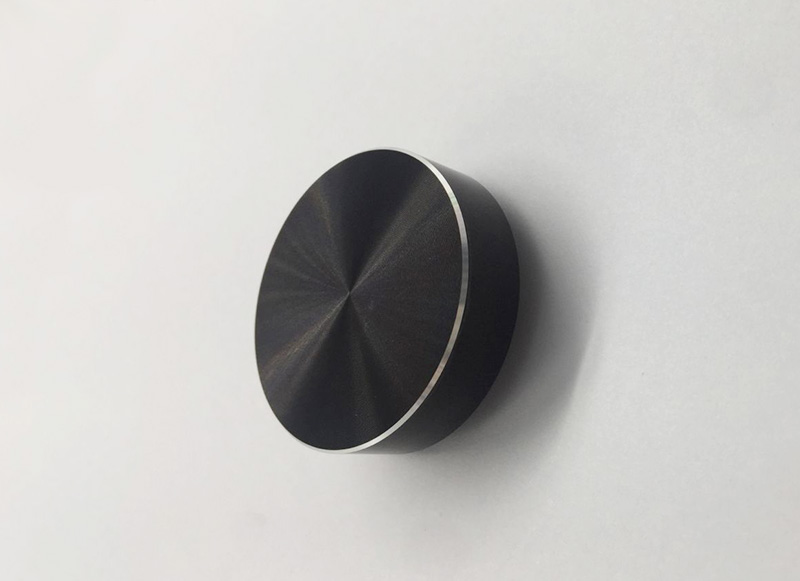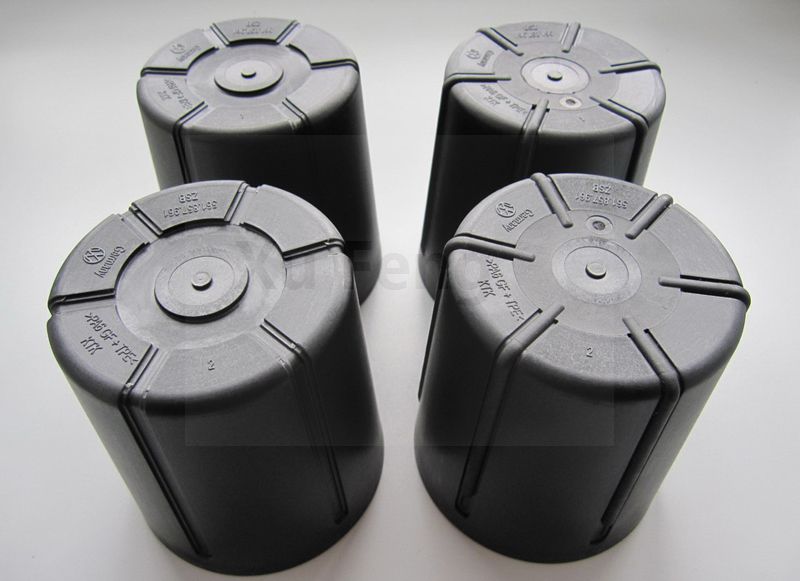 Jun. 27, 2023
Jun. 27, 2023
CNC turning is a basic machining process that plays a vital role in the production of high-precision parts.
Capable of producing cylindrical parts with exceptional precision and surface finish, CNC turning has become
a cornerstone of modern manufacturing. Below, xu feng will delve into CNC turning technology, discussing its key principles, processes, and how it shapes high-precision parts.
More details: about xu feng, product categories,CNC Milling Part,CNC Turning Part,CNC Aluminum Part
1. The Basics of CNC Turning:
CNC turning involves the rotation of a workpiece while a cutting tool removes material to create the desired shape. The workpiece is secured in a chuck and rotated at high speeds, while the cutting tool, mounted on a tool turret, moves along the axis to remove material. This process allows for the creation of cylindrical features, including holes, threads, and intricate contours.
2. Precision Machining with CNC Turning:
CNC turning excels in precision machining due to its inherent capabilities. The combination of high-speed rotation and precise tool movements enables tight tolerances to be achieved consistently. The use of advanced CNC controls and servo systems further enhances precision by providing accurate positioning and control over cutting parameters.
3. Material Selection:
The choice of materials in CNC turning plays a crucial role in shaping high-precision components. Different materials, such as metals, alloys, and plastics, have varying properties that affect machining processes. Factors like hardness, ductility, and heat conductivity influence tool selection, cutting speeds, and feed rates. Machinists must consider material characteristics to achieve the desired precision and surface finish.
4. Tooling Solutions:
The selection of cutting tools is critical for CNC turning. Tools with high-quality carbide inserts are commonly used due to their excellent wear resistance and toughness. The design of the cutting inserts, including the rake angle, chip breaker, and clearance angle, affects chip control, tool life, and surface finish. Advanced tool coatings like titanium nitride (TiN) and aluminum oxide (Al2O3) further enhance tool performance and longevity.
5. Single-Point and Multi-Point Cutting:
CNC turning utilizes both single-point and multi-point cutting tools. Single-point tools, such as turning inserts, are commonly used for general turning operations. They remove material with a single cutting edge, enabling precise control over dimensions and surface finish. Multi-point tools, such as drills and boring tools, allow for hole creation and additional operations to produce complex geometries.

6. Machining Complex Shapes:
CNC turning is not limited to simple cylindrical components; it can also produce complex shapes with the integration of additional tooling and techniques. Live tooling and sub-spindles enable milling, drilling, and tapping operations to be performed during the turning process. This capability facilitates the production of high-precision components with intricate features, reducing the need for secondary operations.
7. Automation and CNC Programming:
Automation plays a significant role in CNC turning, enhancing efficiency and consistency. CNC programming software enables the creation of toolpaths, specifying tool movements, cutting parameters, and machining sequences. With advanced programming techniques, complex components can be efficiently machined, minimizing errors and reducing cycle times.
8. Quality Control and Inspection:
Ensuring high precision in CNC turning requires rigorous quality control and inspection processes. Machined components undergo thorough inspection using precision measurement tools such as coordinate measuring machines (CMMs) and optical comparators. Dimensional accuracy, surface finish, and other quality parameters are meticulously checked to meet strict specifications.
9. Surface Finish and Surface Integrity:
CNC turning excels in achieving excellent surface finish on components. Factors like cutting speeds, feed rates, tool geometry, and tool wear influence the surface roughness and integrity of the machined part. Techniques such as finishing passes, optimized tool paths, and coolant application contribute to
CNC turning is an important processing technology for shaping high-precision components. Its basic principles and processes make it the core link of modern manufacturing. By rotating the workpiece and utilizing cutting tools to remove material, CNC turning can create cylindrical parts with exceptional accuracy and surface finish. CNC turning is capable of high-precision machining, and through high-speed rotation and precise tool movement, tight tolerance requirements can be maintained at all times. The advanced CNC control system and servo system further improve the processing precision, provide accurate positioning and control of cutting parameters. In CNC turning, aspects such as material selection, tooling solution, single and multi-point cutting, machining of complex shapes, automation and NC programming, quality control and surface quality all play an important role in shaping high precision components. By gaining an in-depth understanding of the technology and process of CNC turning, manufacturers can better understand how the process can be used to create high-precision parts that advance manufacturing.
